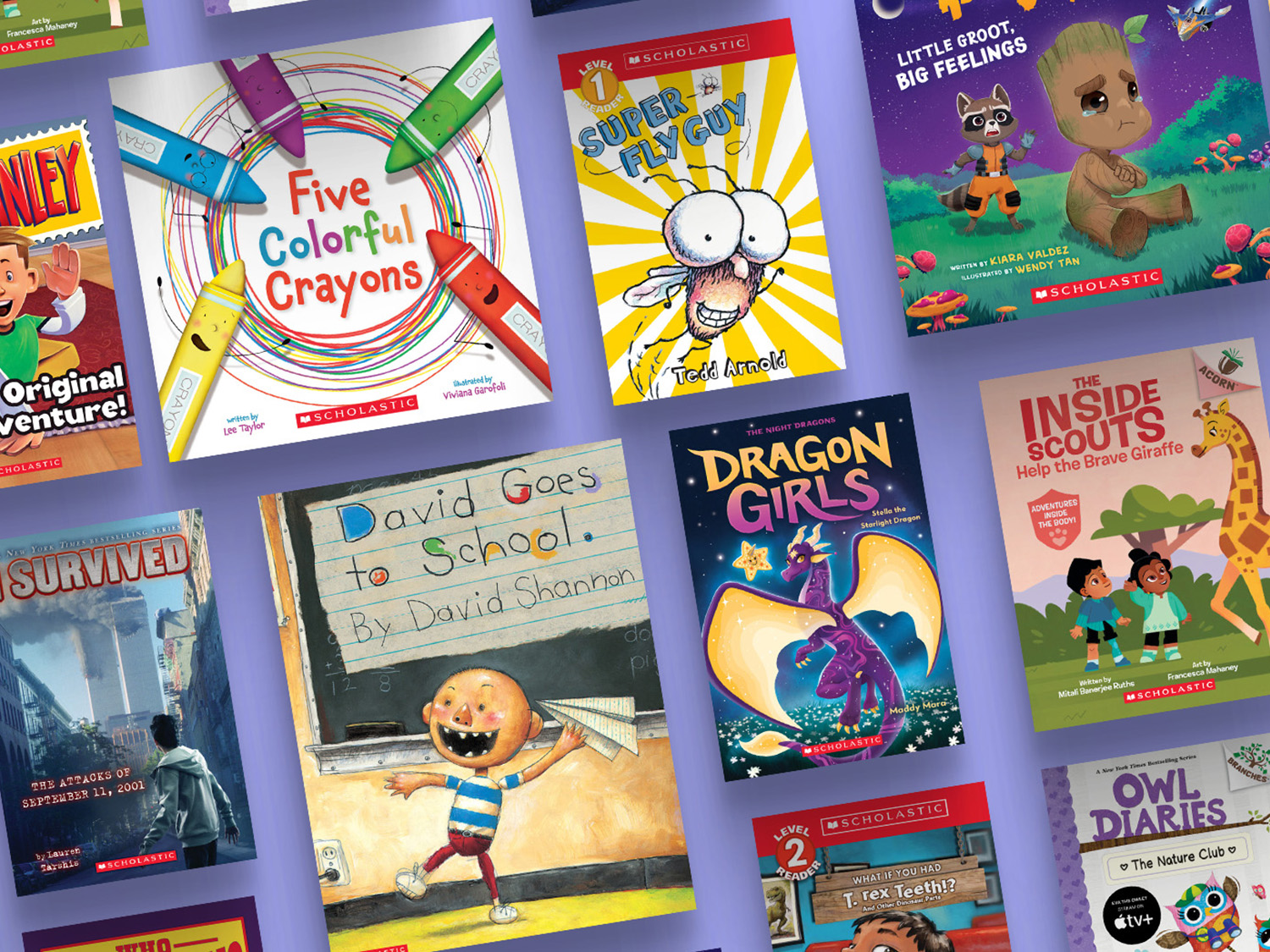7 Expert Tips to Help Students Experiencing Strong Emotions
Holistic social justice author, professor, and professional development provider, Michele Myers, Ph.D., shares proven strategies that teachers can use in the classroom to help students manage big emotions.
7 Expert Tips to Help Students Experiencing Strong Emotions
It’s inevitable that there will be times when you have a student who is frustrated or angry. Whether they express themselves in loud outbursts, obvious discomfort, or temper tantrums, there are effective ways to use early behavioral interventions to help your students feel calm, seen, and heard.
Emotions are complex psychological and physiological responses we have to the stimuli in our environment or our internal thoughts. They are part of our daily experiences and influence our thoughts, behaviors, and relationships with others. Each emotion serves a different purpose and arise in response to different situations.
Children, like adults, experience a wide range of emotions. They may experience happiness, joy, sadness, grief, fear, surprise, anger, or even rage. These are primary emotions that are universal across cultures and are believed to be innate and foundational to more complex emotions. And just like adults, children must be taught how to identify, understand, and manage their emotions effectively. This will enhance their overall social and emotional well-being and development.
On any given day, a child may display one or more big emotions such as shame, worry, frustration, anger, or rage. These emotions can manifest themselves in visible displays of behaviors such as defiance, temper tantrums, withdrawal, shutting down, or avoidance. This varies, depending on the child. We often tune into the display of the behaviors and not the emotion itself. To better support children when they are experiencing big emotions, we can do some of the following:
Identify the Emotion
Teach children to recognize and use language to name their emotions. Equipping them with sentence stems is helpful.
1. I feel _________.
2. I am__________.
3. I am not ________.
Identify the Causes or Triggers for Their Emotions
Teach children to recognize their triggers or how to identify what caused them to respond in a certain way. Help them to use language to identify those causes/triggers and to express their feelings to the people or about the situations that were the stimulus.
Here are a couple of sentence stems:
1. When you did __________, it made me feel _________.
2. I find that doing _______ makes me not feel____________.
Validate Their Emotions
Oftentimes, we send messages to children that it is not okay to get upset. When we do this, we are not supporting them to truly express their genuine feelings. This can result in children expressing shame when they have big feelings such as anger or rage. What we should do instead is validate their feelings and support them in calming down or managing those emotions effectively.
1. When _________ did ___________, it made you feel _________. What can we do to ensure that ________ knows how his/her actions affected you?
2. When _________ happened, I noticed you responded by____________. Tell me about it.
Talk and Listen
Building trusting relationships with children has numerous benefits. When you take time to communicate with children, you send the message that you value them, and they begin to accept that you are a safe person in their network of support that they can rely on. They find it easier to be vulnerable with you because they know you will not judge them but support them as needed. Here are some conversation starters you can open with when addressing an issue:
1. Tell me about it….
2. Let’s chat.
3. How are you feeling?
4. Tell me what’s going on with you?
5. How did that make you feel?
Space and Time
Sometimes the most supportive thing that you can do for a child is to give them space and time. They may need just a moment to experience the emotion and to self-regulate at a pace that is best for them. When this is the case, just walk away and tell them one of the following:
1. I see that you need a little time to collect yourself. Let me know when you are ready to talk.
2. I will be over here. Come over when you are ready.
Co-regulate
Sometimes, children need you to help them co-regulate. This may require you and the child sitting quietly together and taking deep breaths to calm down. Here are some things you can say in those moments:
1. Breath in. Hold…… Breathe Out.
2. Close your eyes. Hold your breath for five seconds. Release.
3. Breathe deeply…
Model Good Behaviors
Children learn from the models they see regularly. Model what you expect.
Learning to identify and manage emotions effectively is a complex process. Parents, teachers, and other caregivers have a critical role helping children with this process.
About the author: Michele Myers, Ph.D., is an Assistant Professor at Wake Forest University. As a holistic, social justice educator, Dr. Myers is committed to ensuring that all children receive a humanizing education that honors their histories, heritages, literacies, languages, cultures, family structures, and communities as assets for learning. Dr. Myers recently coauthored Revolutionary Love (Scholastic, 2022) with Kamania Wynter-Hoyt, Eliza Braden, Sanjuana Rodriguez, and Natasha Thornton.
To learn more about the themes covered above, check out Dr. Myers' book, The Educator's Guide to Building Child & Family Resilience, which she co-authored with Linda Mayes, M.D. a developmental pediatrician in the Yale School of Medicine.
Shop books about anger and frustration for your class below! You can find all books and activities at The Teacher Store.



